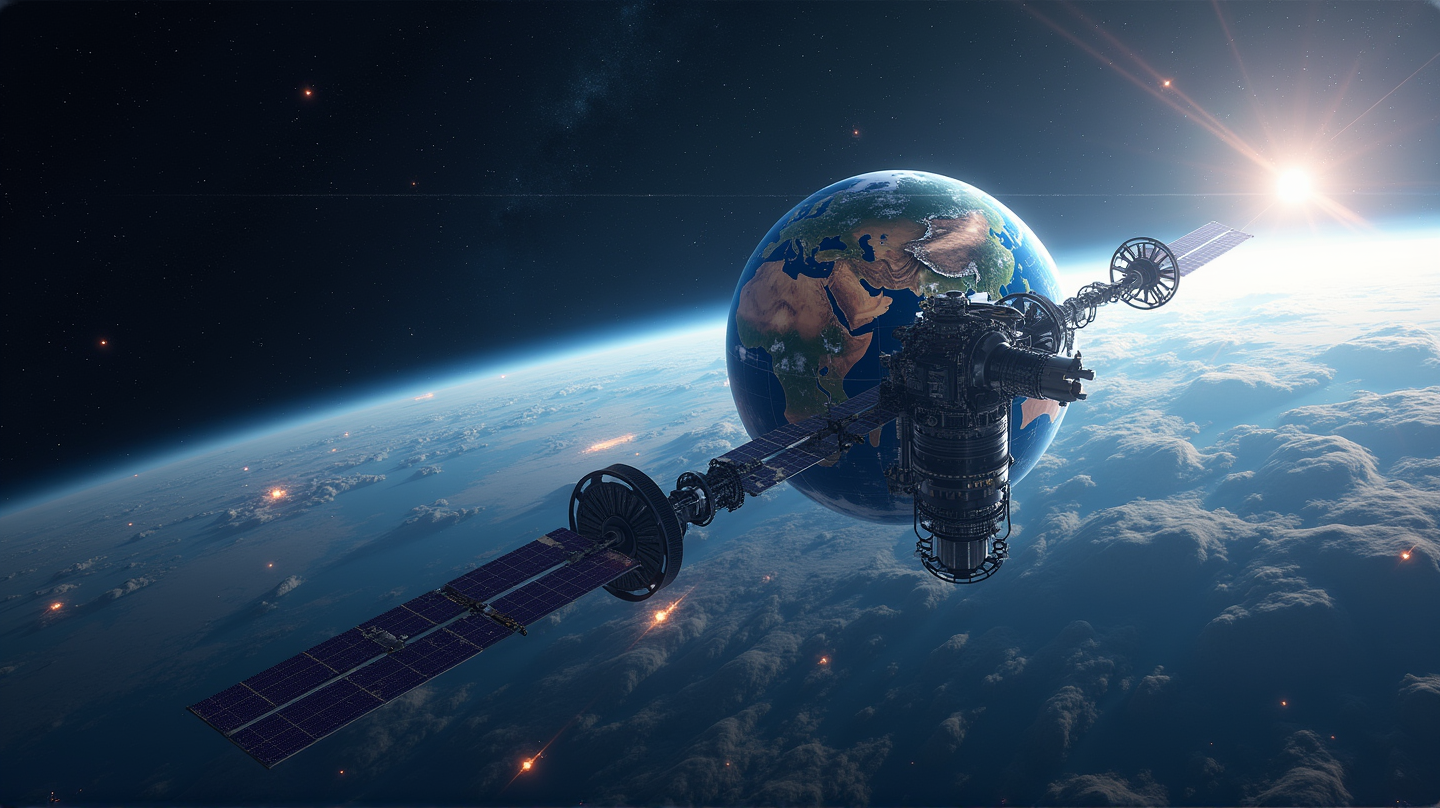India-US's NISAR Satellite: A Game Changer in Earth Observation
NISAR satellite, a joint NASA-ISRO project, revolutionizes Earth observation with cutting-edge radar tech, boosting Indo-US space collaboration.

In a stellar display of international collaboration, the world witnessed the launch of the NASA–ISRO Synthetic Aperture Radar (NISAR) satellite on July 30, 2025. This satellite is not just a technical marvel but a beacon of growing Indo-US alliances in the cosmos. As highlighted in INSIGHTS IAS, NISAR represents a corner-stone in Earth observation and international space cooperation strategies.
Pioneering Technological Marvels
NISAR boasts to be the world’s first dual-frequency radar system with intricate L-band and S-band radars, capable of providing high-definition images of the Earth’s surface. It’s a symbol of engineering marvel, featuring a deployable 12-meter-wide mesh radar antenna. Its daily terabytes of data offer scientists around the globe unprecedented access to monitor and study our planet.
A Significant Move for India and the World
The launch of NISAR marks a pivotal chapter in India’s space exploration journey, akin to Chandrayaan-3’s success. This collaboration elevates India’s status as a reliable partner in handling complex space missions, further showcasing its advancements in cryogenic propulsion systems. Beyond symbolism, it provides robust tools for global climate monitoring and agriculture management, underscoring significant strides in environmental stewardship.
Strategic Evolution in Space Cooperation
This mission marks a transformation in Indo-US relations—one that once saw technology denial in the 1990s to a strategic partnership in space. From Chandrayaan-1 carrying NASA payloads in 2008 to NISAR, Indo-US space collaboration now embodies trust and shared scientific pursuits, overhauling former geopolitical barriers.
Future Prospects in Collaboration
With India cementing its place in the Artemis Accords, the stage is set for expanded ventures. Potential avenues include human spaceflight missions, deep-space exploration, joint ventures in satellite manufacturing, and engagement with private aerospace giants. The fruits of NISAR herald a future where joint planetary missions and shared industrial processes become the norm.
Navigating Challenges Ahead
However, the path isn’t without challenges. Balancing data openness with sovereignty, maintaining indigenous advancements, and navigating bureaucracy remain hurdles. Nonetheless, these initiatives could set the blueprint for future multinational space endeavors.
Conclusion
NISAR isn’t just a satellite; it’s a paradigm shift in approaching global challenges together. By enhancing transparency, fostering innovation, and expanding scientific collaborations, it stands as a testament to ensuring that space exploration benefits all humanity through peaceful cooperation, solidifying the joyous yet bittersweet journey of human advancement into the stars.

